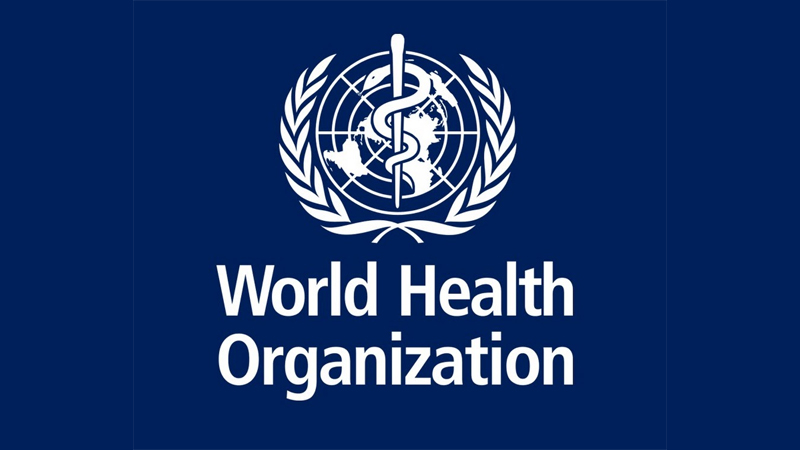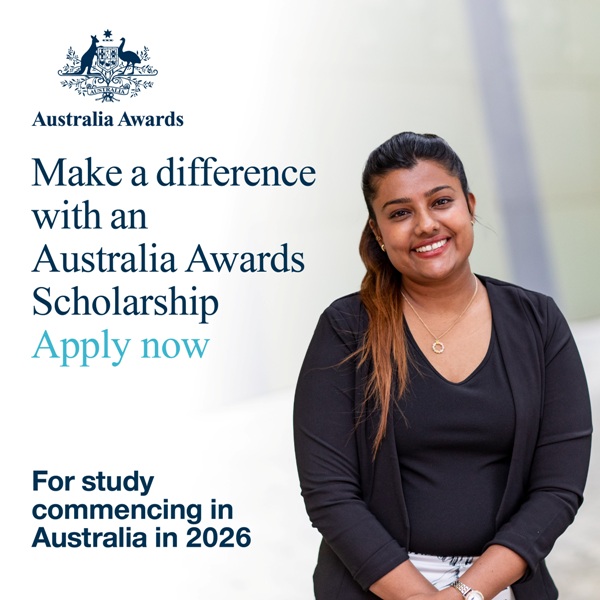The World Health Organization (WHO) Goodwill Ambassador for Leprosy Elimination and Chairman of The Nippon Foundation, Yohei Sasakawa, arrived in Sri Lanka last week on a five-day visit to support the country’s ongoing efforts to eliminate leprosy. As a global advocate for leprosy elimination, Sasakawa dedicates one-third of his time annually to visit countries where leprosy remains a public health challenge.
During his visit, Sasakawa participated in several field visits and high-level discussions aimed at strengthening leprosy control strategies. In Colombo, he visited leprosy affected people in Ratmalana, engaged with civil society organisations, and attended focus group discussions with self-help groups supporting people affected by leprosy.
“More than the disease, it’s the stigma that hurts the most,” said Duminda, a former leprosy patient, in conversation with Sasakawa, highlighting the social challenges and discrimination faced by those affected.
Sri Lanka successfully met WHO’s leprosy elimination target in 1995, reducing prevalence of the disease to fewer than one case per 10,000 people. However, leprosy remains a public health concern in Sri Lanka needing targeted interventions, with approximately 1,000-1500 new cases reported annually, 10% of them being children.
Sri Lanka’s case detection rate fluctuates between 7-12 new cases per 100,000 people, while 6-8% of cases result in grade 2 disabilities (i.e. visible deformities). Regions such as the Northern, Eastern and Western Provinces, continue to experience persistent cases, highlighting the need for sustained interventions and public health strategies.
Recognised by WHO as one of 23 global priority countries for leprosy, Sri Lanka is working to sustain its elimination status and move towards complete eradication of the disease.









